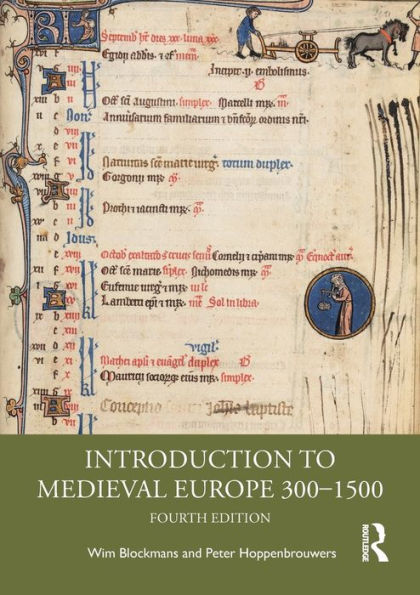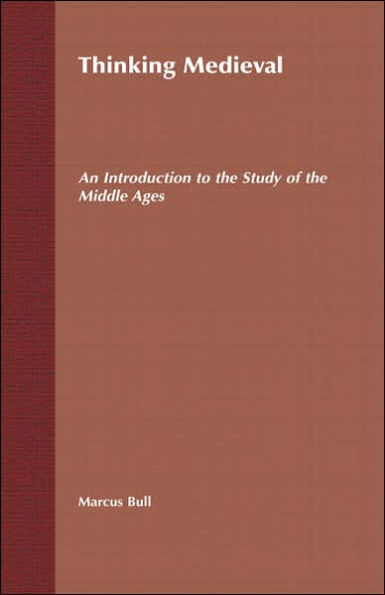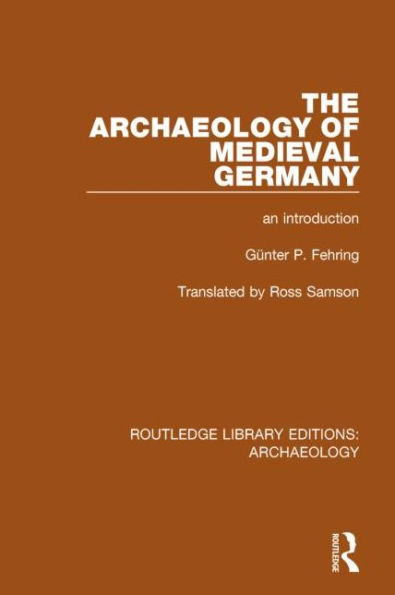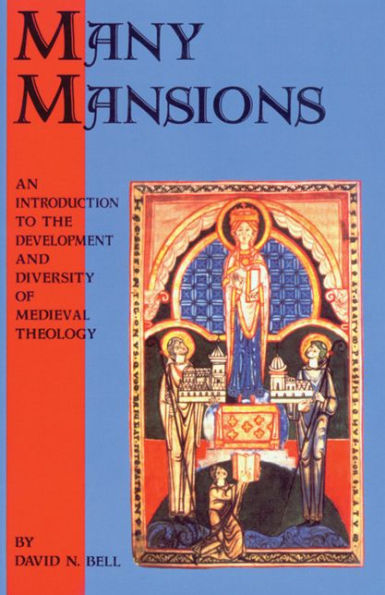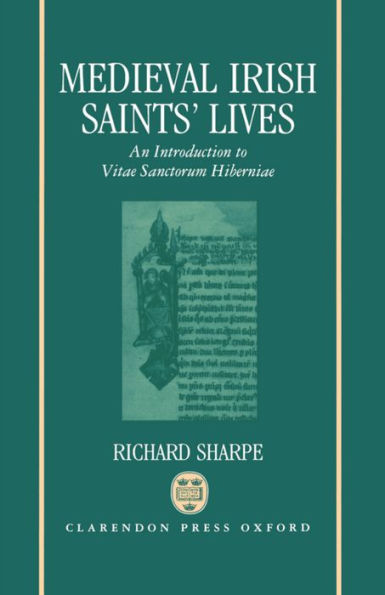Home
An Introduction to the Glossa Ordinaria as Medieval Hypertext
Barnes and Noble
Loading Inventory...
An Introduction to the Glossa Ordinaria as Medieval Hypertext in Bloomington, MN
Current price: $50.00


An Introduction to the Glossa Ordinaria as Medieval Hypertext in Bloomington, MN
Current price: $50.00
Loading Inventory...
Size: Hardcover
The
Glossa Ordinaria
is an extensively annotated Bible that was printed in circa 1841 and has been a rich source of biblical commentary ever since. In the form in which it was originally circulated, the accompanying patristic commentary was handwritten in the margins of an edition of the Latin Vulgate Bible of Saint Jerome. This exhaustive study, the first of its kind, serves as a primer on the
and a readable overview of the history of the work, from its genesis in the twelfth century through its final printed edition in the nineteenth century. In addition, David A. Salomon explores the
and its annotations through the lens of contemporary hypertext theory. By applying a mix of ancient, medieval, and modern theories, the book opens up new avenues through which readers can engage with the text.
Glossa Ordinaria
is an extensively annotated Bible that was printed in circa 1841 and has been a rich source of biblical commentary ever since. In the form in which it was originally circulated, the accompanying patristic commentary was handwritten in the margins of an edition of the Latin Vulgate Bible of Saint Jerome. This exhaustive study, the first of its kind, serves as a primer on the
and a readable overview of the history of the work, from its genesis in the twelfth century through its final printed edition in the nineteenth century. In addition, David A. Salomon explores the
and its annotations through the lens of contemporary hypertext theory. By applying a mix of ancient, medieval, and modern theories, the book opens up new avenues through which readers can engage with the text.
The
Glossa Ordinaria
is an extensively annotated Bible that was printed in circa 1841 and has been a rich source of biblical commentary ever since. In the form in which it was originally circulated, the accompanying patristic commentary was handwritten in the margins of an edition of the Latin Vulgate Bible of Saint Jerome. This exhaustive study, the first of its kind, serves as a primer on the
and a readable overview of the history of the work, from its genesis in the twelfth century through its final printed edition in the nineteenth century. In addition, David A. Salomon explores the
and its annotations through the lens of contemporary hypertext theory. By applying a mix of ancient, medieval, and modern theories, the book opens up new avenues through which readers can engage with the text.
Glossa Ordinaria
is an extensively annotated Bible that was printed in circa 1841 and has been a rich source of biblical commentary ever since. In the form in which it was originally circulated, the accompanying patristic commentary was handwritten in the margins of an edition of the Latin Vulgate Bible of Saint Jerome. This exhaustive study, the first of its kind, serves as a primer on the
and a readable overview of the history of the work, from its genesis in the twelfth century through its final printed edition in the nineteenth century. In addition, David A. Salomon explores the
and its annotations through the lens of contemporary hypertext theory. By applying a mix of ancient, medieval, and modern theories, the book opens up new avenues through which readers can engage with the text.

